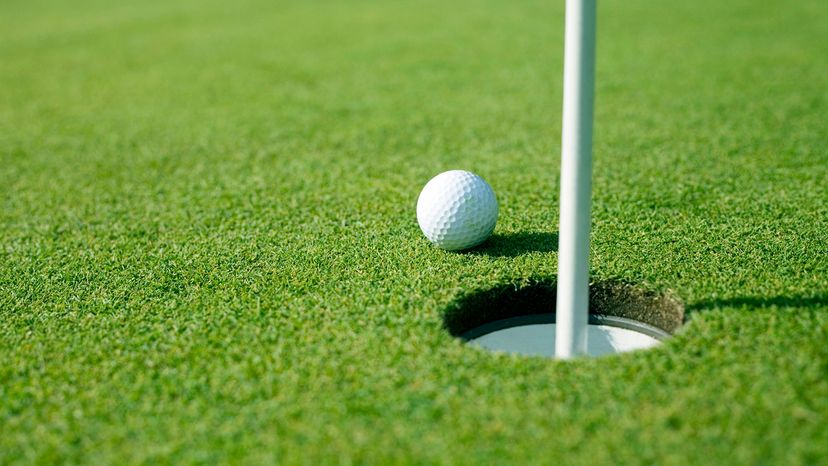The work starts by creating what is practically a hydroponic system for growing the grass. When constructing the green, a bulldozer creates a 12-inch to 16-inch (30- to 40- cm) deep hole the size of the green.
In the most advanced systems, plastic completely lines this hole before the addition of gravel, drainage pipes and sand. The green's grass grows in a sterile sand medium with perfect drainage The surface is contoured to allow perfect run-off as well, so there is no puddling when it rains.
Where you put the green is also important. It needs plenty of sunlight (preferably full sunlight with no surrounding trees) and good airflow over the green.
Then you choose the perfect grass, depending on location, weather and maintenance.
A sterile sand medium and a good location controls for a huge number of variables, but now the grass is totally dependent on its keepers for life support. That means the grass needs a steady diet of water and nutrients to keep it alive. This mix gets a variety of herbicides (to kill weeds that try to move in), pesticides (to control insect damage) and fungicides (to control disease) to help keep the grass perfect.
